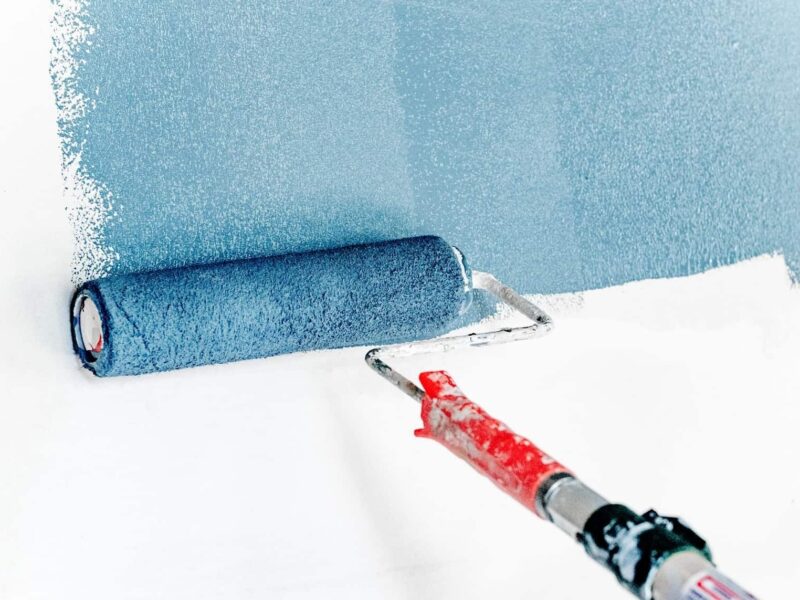
When you are about to embark on an interior decorating project the best way to go about it is get all your materials together at the start, that way you wont have to rush out in the middle of a paint job and buy an essential item.
Here’s a list of some of the most essential decorating materials and why you need them.
Paint
Paint is of course an obvious item, but there are many different kinds of paint and you may not be sure which is the right one for you. Here’s a paint guide to help you decide.
Primer is applied as an undercoat if the surface you are painting is porous or you are applying a type of paint over a precious coat of paint that is incompatible -such paints are known as bonding primers.
For new woodwork you can use a water-based primer/undercoat that does two jobs in one. For metal though you’ll usually need a specialist primer depending on the type of metal you’re painting.
Oil based paint is traditionally is used for cabinets and other surfaces that are frequently touched. The oil content in these paints stops the oils and acids in your skin from causing the paint to deteriorate over time.
Gloss is traditionally used for skirting boards and trim. An oil-based gloss will give you a tougher, glossier finish though water-based gloss is easier to apply and will give a satisfactory finish in many circumstances.
Eggshell, Satin and Mid-Sheen paints have a flatter finish but have become a fashionable choice and the quality has improved over the years to match many traditional options.
For walls, matt emulsion is the most common choice and two-coats will often enough to give a reasonable finish.
Anti-fungicidal paints can be used in bathrooms and kitchens where there is inadequate ventilation to inhibit mould growth.

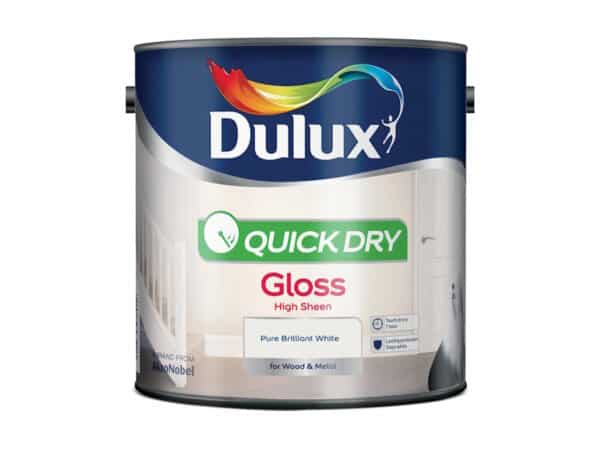
Brushes and Rollers
Brushes can be efficient for painting any area no matter how small or large, but if you have a poor quality brush then you will get a poor finish. Paint brush filaments are made from animal bristles (including hog bristle) and man-made filaments including nylon, polyester and other synthetics.
Tapered polyester filaments are recommended for all paints. They do not absorb water or lose resiliency as do natural bristles and nylon. Natural bristles work well only with oil-based paints. Nylon can be used with latex paints or oil-based paints.
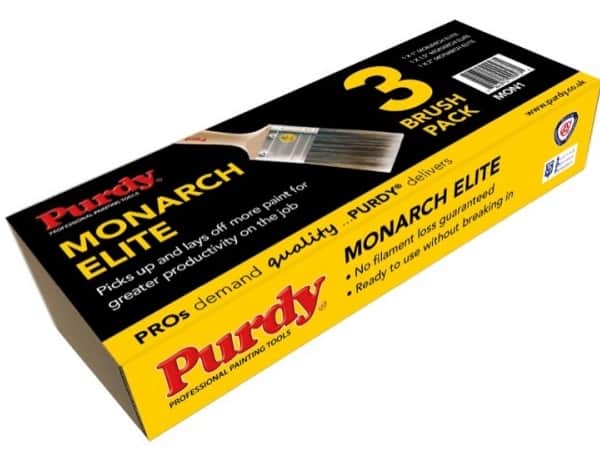
Rollers are often a more convenient choice if you have a large area to cover, particularly a ceiling. A 5-gallon bucket with a roller grid is preferable to a roller pan, as it will hold more paint than a pan. A painter’s rod, or pole, can help you paint ceilings more quickly.
There are basically two types of roller:
- Natural Oil-based paints work best with natural materials, such as mohair or lambs’ wool.
- Synthetic These rollers are made of nylon, polyester, or a combination. Use with water-based paints.
Thinners
The two most common thinners used are water (for emulsions/acrylic) and turpentine substitute or white spirit (for solvent/oil based paints). Special spirit thinners are needed for cellulose paints.
Abrasives
To get a good result you’ll need to rub-down surfaces before you start and between coats, as you go. Buying sandpaper by the sheet can work out expensive as you always need to use more than you anticipated, so it’s usually better to buy abrasive paper by the roll…
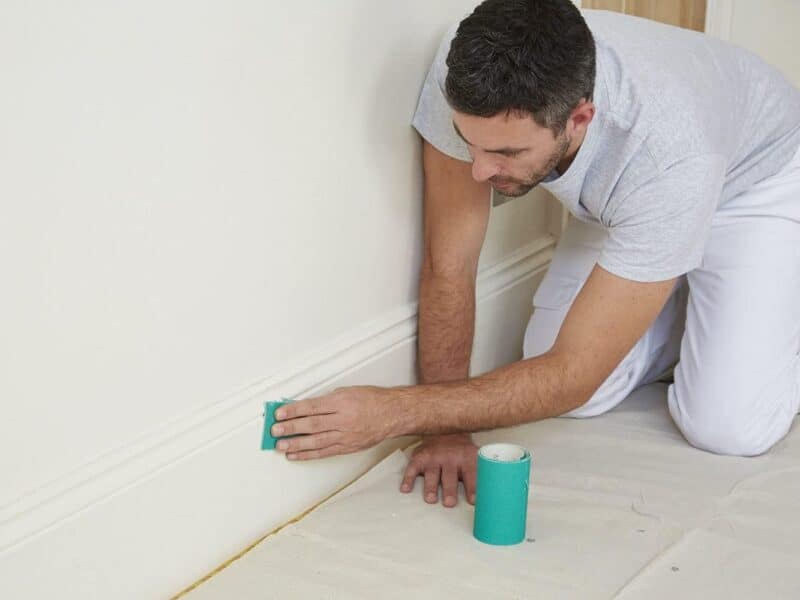
Tape
If your hand is a little unsteady or you don’t know how to cut into the edges with a paint brush, then you probably want to use tape around the edges of your surface. Choose a good one and make sure it is firmly in place because sometimes paint can bleed behind the tape.
Drop Cloth/Dust Sheets
No matter how careful you are, some paint splatter is inevitable so a good drop cloth is a must. The best material for a drop cloth is heavy canvas. There are various grades available although the cheapest are often a waste of money. Since quality dust sheets are items you’ll use again and again it’s worth paying the extra for the added protection.
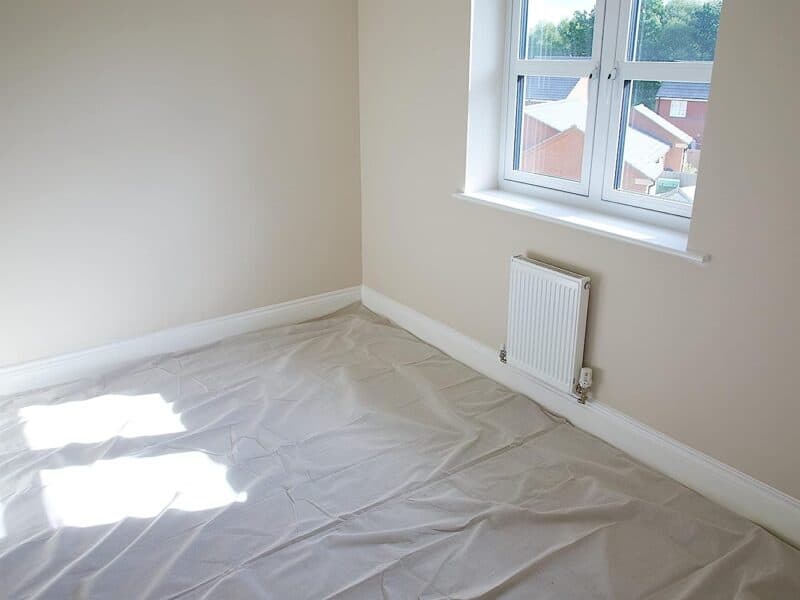
A simple way to protect floors from light splashes and minor spills but won’t protect your floors in extreme circumstances, so sometimes you’ll need extra protection underneath… you’ll find a large range of dust sheets at amazon.co.uk but always buy the best quality you can afford…
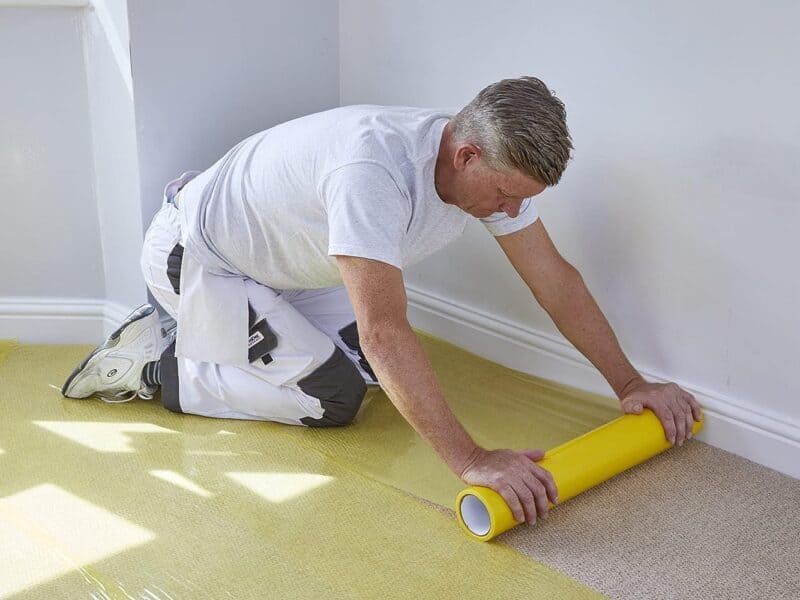
If you have expensive carpets or hard flooring then it makes sense to use added protection in case of large spills that can work their way through a conventional fabric dust sheet… available from amazon.co.uk

These are ideal for covering furniture to protect from dust and paint splashes and can be simply disposed of after use….available from amazon.co.uk

